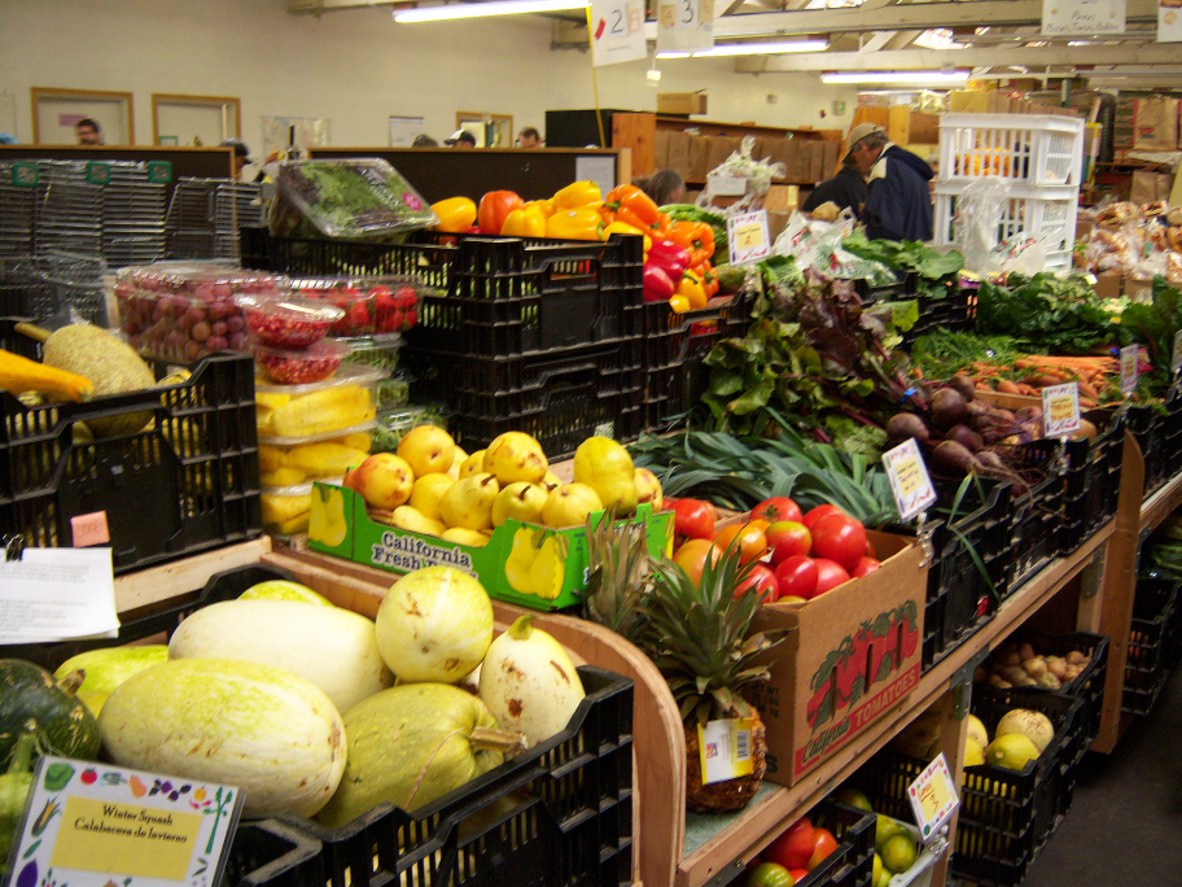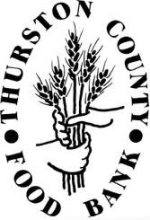Assess Potential Volunteer Sources
Identify organizations and institutions in your area. Do they already do volunteer work? Hunger relief is an easy sell to organizations. When you tack on the added benefit of waste reduction it is even more enticing to environmentally conscious groups. If your organization allows volunteers to keep part of the harvested goods then many more (especially low-income) people will be interested.
Do you have universities, community colleges, or high schools where students need internships or community service hours? Would an entire class be willing to come volunteer for an afternoon or several? If an event goes well try to increase the commitment to an annual event or a series of events.
 Contact Organizations
Contact Organizations
Meeting in person with contacts from an organization is ideal. If the season has already started or you don’t have time to meet with a couple dozen churches, schools, and businesses then creating a short but informative email about your program is a useful tool.
Contact your religious communities. Charitable work is a major focus of faith communities and their members are often long-term residents of a community. Faith communities can also attract younger members by highlighting their involvement in projects that have social and environmental justice as their focus.
Maintain these relationships by keeping them informed about how they've contributed and can continue to contribute in the future. Send out an end of year letter to let them know they are appreciated with details on how much food was donated thanks to their time and efforts.
Join Common Cause Networks
Is there a network of common cause groups in your area? Whether regionally or on a greater state level scale it is invaluable to connect with people and other organizations. For instance, the Thurston County Food Bank is a member of the Washington State Food Coalition, Food Lifeline, and Northwest Harvest. Working with these organizations may not be an immediate benefit to a gleaning program; however they open up opportunities to attend events with other members or affiliates where you can boost your gleaning program and potentially learn more about other successful programs.

 Contact Organizations
Contact Organizations